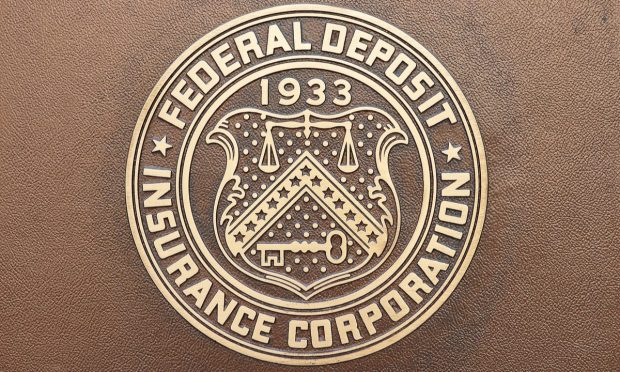FDIC Warns Banks Over Estimated Uninsured Deposit Inaccuracies

The Federal Deposit Insurance Corporation (FDIC) said some banks have been incorrectly reporting their estimated uninsured deposits.
In an open letter to bank executives posted on its website Monday (July 24), the banking regulator highlighted common errors and called on banks that have misreported their deposit data to amend their Call Reports.
“Each [insured depository institution (IDI)] is responsible for the accuracy of the data in its Call Report and for filing amendments as necessary to ensure Call Report accuracy,” the FDIC said in the letter.
Misreporting deposit data has become an area of tension in the U.S. banking industry due to the failures of Silicon Valley Bank and Signature Bank, the Financial Times (FT) reported Monday. The FDIC has proposed to calculate fees through the banks’ uninsured deposits, as the costs of the bank bailouts were related to accounts larger than the standard $250,000 FDIC-insured limit.
S&P Global bank analysts noted that an unusually large number of banks had amended their fourth-quarter financial statements to reduce the value of their uninsured deposits, according to the report. These restatements could potentially lower payments in the FDIC’s special assessments by tens of millions of dollars or, in the case of one bank, as much as $300 million.
Bert Ely, a banking consultant, told the FT, “I am surprised by the emergence of this error given that the procedure for calculating insured deposits has not been altered for some time.”
The FDIC has been closely monitoring the developments and has requested banks to adhere to the regulations that are needed to accurately report their deposit data. The FDIC’s letter acts as a reminder to bank executives that they must sign off on the accuracy of the Call Reports.
The agency said in May that it plans to extract $15.8 billion from America’s biggest banks in extra fees over two years to recoup its losses after the rescues of Silicon Valley Bank and Signature Bank.
The FDIC said 113 banks would pay this special assessment, with those that have at least $50 billion in assets covering 95% of the cost. Banks with less than $5 billion in assets are exempt from the assessment.

